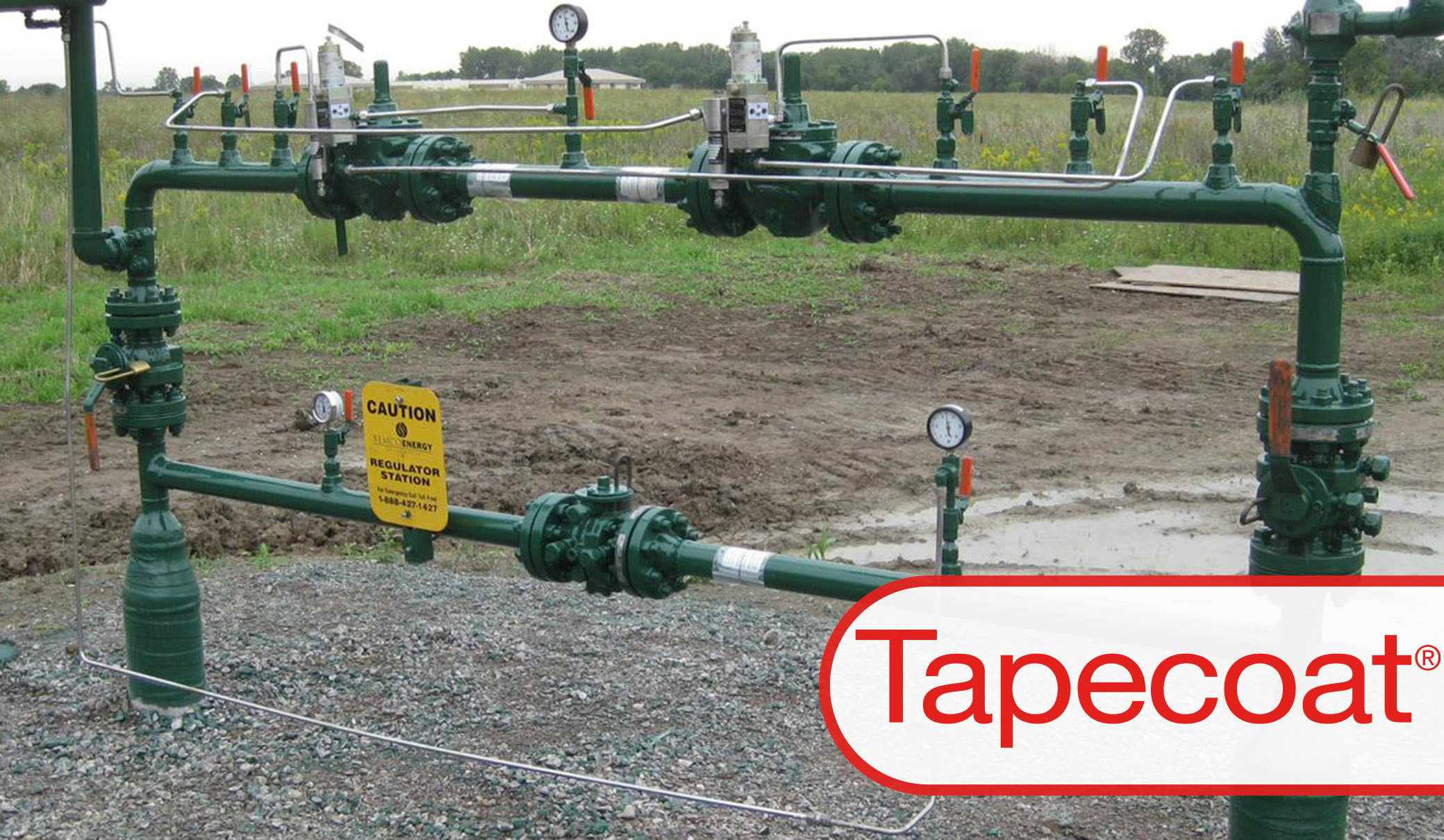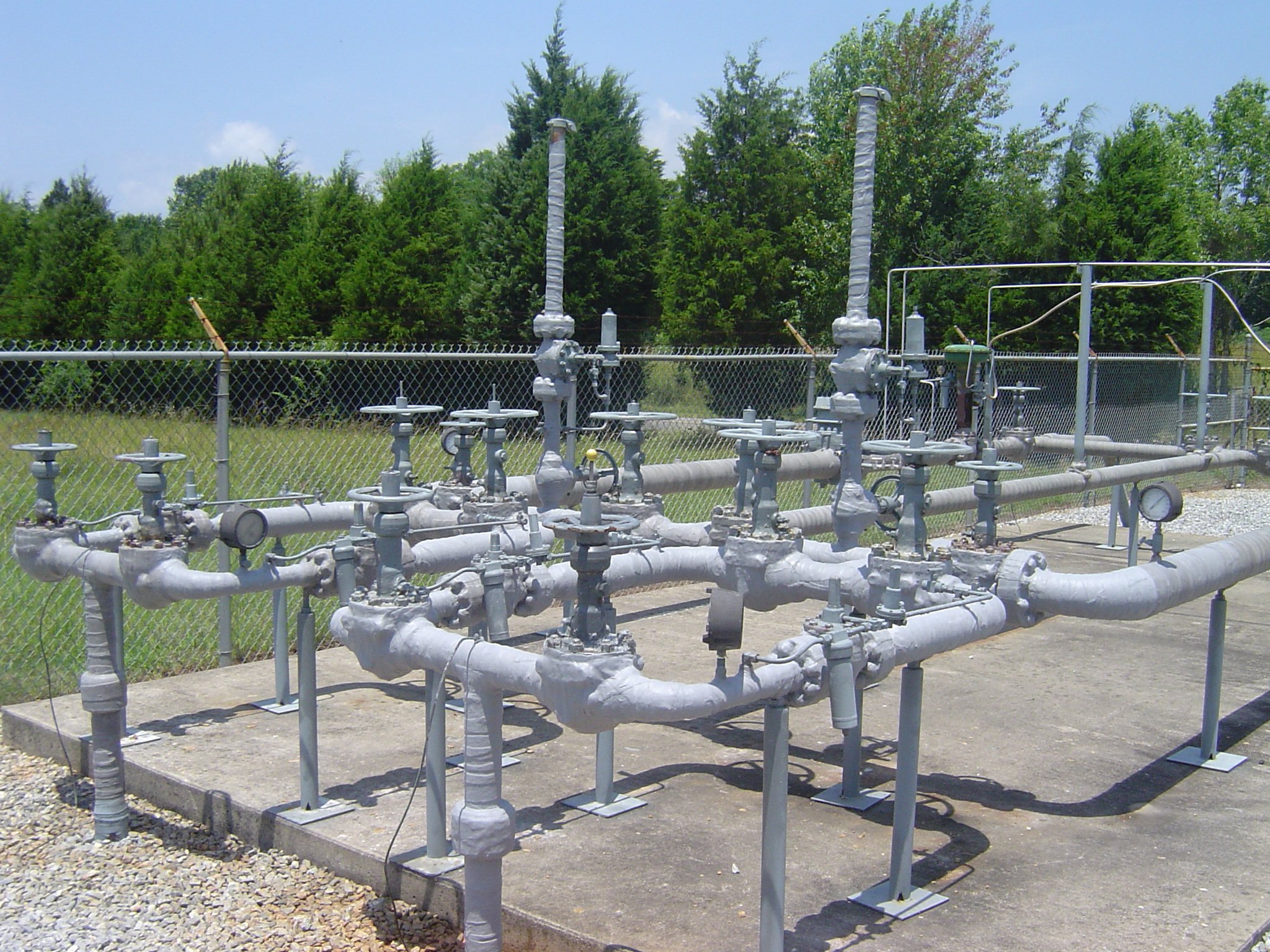Whether you are applying wax, cold-applied or hot-applied tapes, when Old Man Winter comes calling,...
Best Solution for the Long-Term Protection of Critical Gas Risers & Ancillary Connections
 This article offers advice on how best to protect natural gas risers and their service connections from corrosion and physical damage.
This article offers advice on how best to protect natural gas risers and their service connections from corrosion and physical damage.
Natural gas risers are the critical transition connections between the buried natural gas piping and the service connections above ground that allow service access to the gas flowing through the pipeline system. Once the natural gas riser comes out of the ground, small diameter service line connections coming from the main pipeline bring the gas to the customer's meter. It is these service line connections, at the main and the service riser, which provide a transition from the below-ground service line to the meter and regulator above ground. These require corrosion protection.
Inspection and Servicing of Pipeline Coating Systems
Gas utility companies maintain standards for field-applied external coatings systems for steel pipelines. These standards typically address the qualification, application, inspection, testing, handling, and storage of materials required for coatings applied externally to steel piping in the field or a shop. This applies to buried or submerged service in natural gas, oil, and water pipeline systems.

Image: Starr Regulator Station ColorCoat and Rugged
Risers, service lines, and primary connections are standard components within the gas distribution network. These components require periodic inspection and servicing for several reasons. These reasons include deterioration of the pipeline walls and fitting and could necessitate, replacement to address integrity and reliability risks.
Coating Systems for Risers
Natural gas risers typically range in diameter from ½" to 4". Protecting these risers from corrosion can be achieved by using one of the following Tapecoat systems:

Image: Corning Gas using ColorCoat tape / Rugged wrap
The correct selection of which one of these systems best suits the application is based on several factors including environmental conditions, amount of access required to the riser and the funding available. Below is a brief synopsis of each of the recommended systems.
- Petrolatum and Wax Tapes such as the Tapecoat Envirotape and Colorcoat systems are VOC-exempt, UV-resistant, cold-applied, and self-hardening systems. The wax-based tapes are designed to protect piping and metal structures from damage and deterioration caused by corrosion. These tapes can be used above or below grade, in dry, damp, or wet operating conditions. Wax tape systems encapsulate the surface of the pipe to protect it, allowing for easy inspection of the substrate and repair of the coating. The tape system is used with the primer, which thoroughly wets out the substrate surface and displaces any moisture. For increased abrasion resistance, use of a moisture curing, fiberglass outer wrap will form a hard, UV-resistant shell for added protection.
- Outer-Cure Wraps such as Tapecoat’s Rugged Wrap tape system is a mesh weave fiberglass wraps that provide mechanical protection for other protective coatings. These moisture-activated, non-shielding overwraps offer increased protection to the pipeline and other surfaces from exposure to abrasion, soil stress, frost heave, and below-grade mechanical damage. Above-grade installation is acceptable; however, if color stability is required, painting the outer-cure wrap is recommended.
- Elastomeric Tapes such as Tapecoat’s H35, H50 and T Tape systems are cold-applied coatings designed to protect against corrosion and electrolysis on metal substrates. These coatings are appropriate for use above or below grade and in various soil conditions. Some elastomeric tapes have an integrated primer; the primer is in the adhesive, rendering this coating system VOC free when applied without a primer when application temperatures are above 40°F.
Video: How to apply wax/petrolatum & rugged wrap
Chase Corporation’s Tapecoat and Royston pipeline coating systems comply with most utility’s associated standards for paints, coatings, and linings. These standards are critical to the ongoing inspections and enhancing the integrity or reliability of the gas distribution service lines. For assistance in coating selection, surface preparation, application, or review, or to schedule a training session, please contact your local Chase representative.
Chase Corporation's technical consultants are available to assist you with pipeline product information to meet your application needs. Please contact us.







